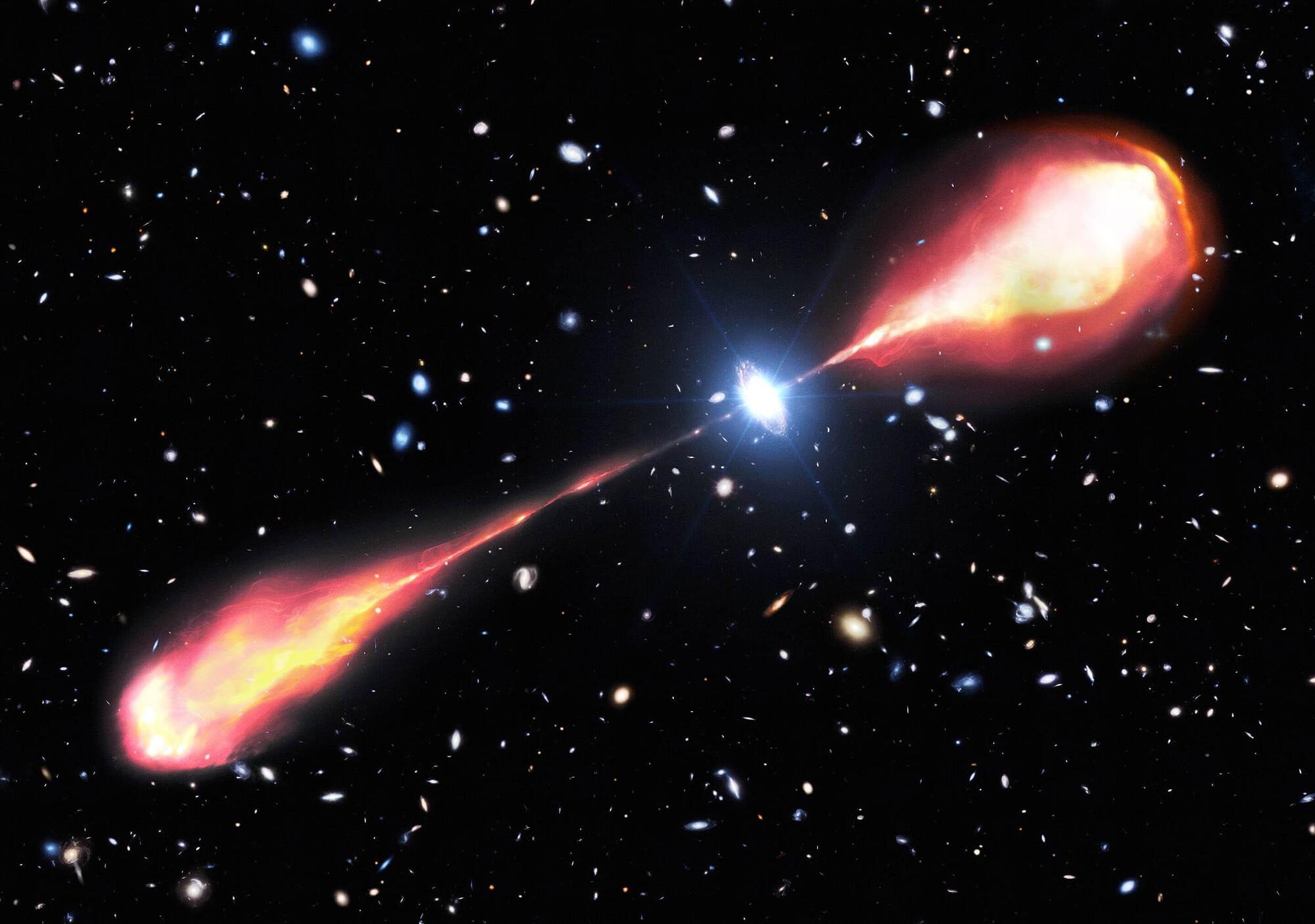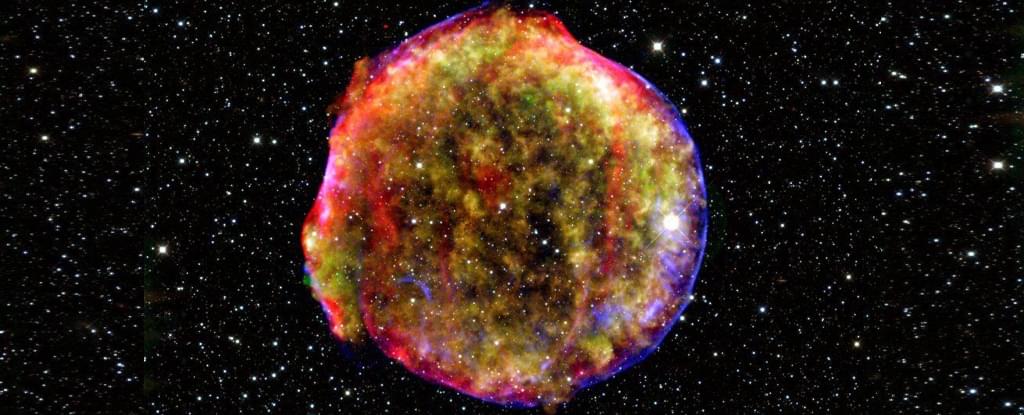Manipulating senescent cells by eliminating them or by modifying their activity has attracted huge interest for its potential to delay or even treat many age-related diseases, and to improve healthy aging. Mitochondria, and in particular their calcium levels, have emerged as key regulators of cellular senescence, cell death and the balance between the two, and might constitute targets for novel strategies to stifle the viability or properties of senescent cells.








